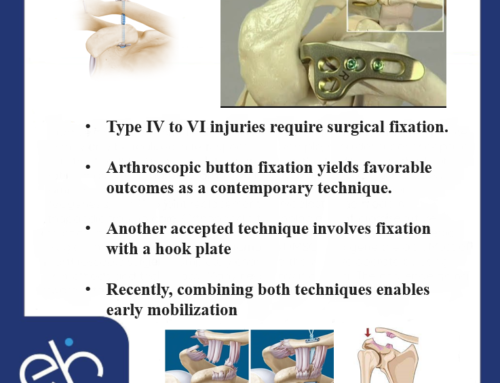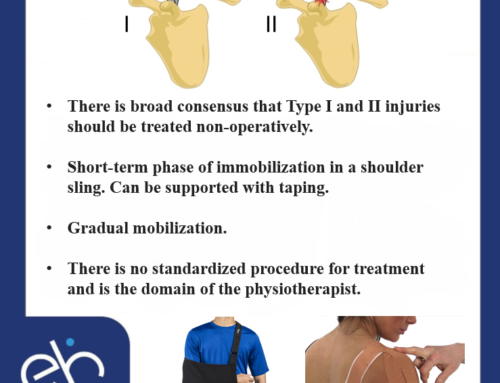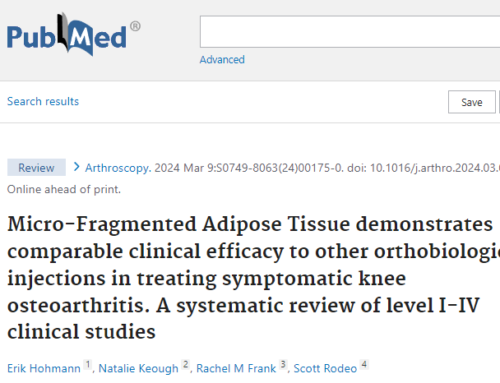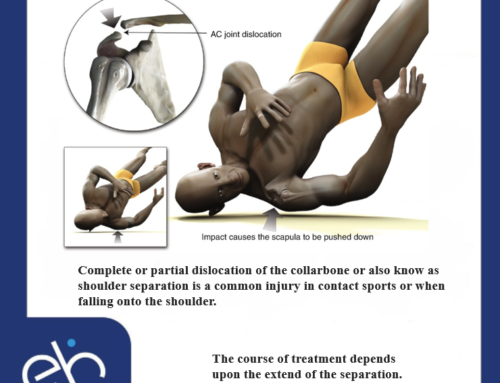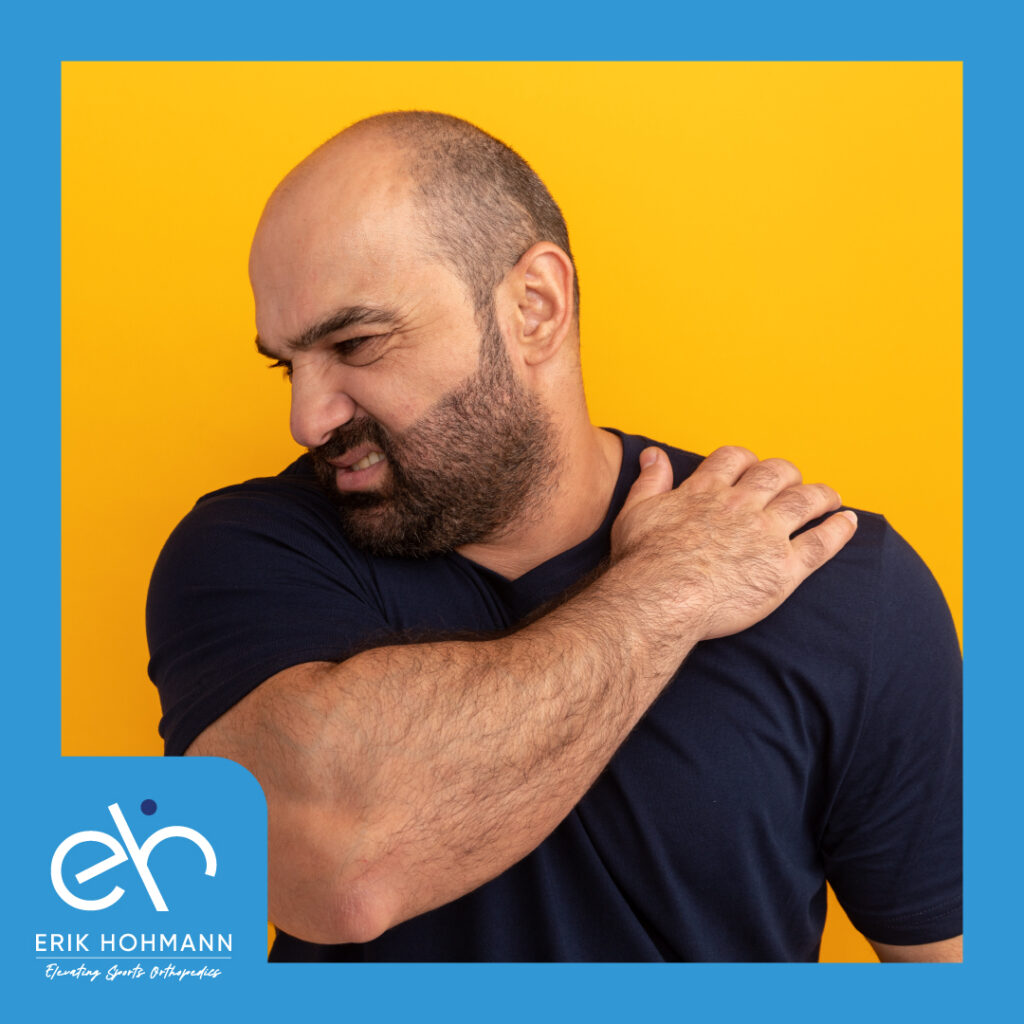
The majority of shoulder dislocations occur to the front when the upper arm pops out of the socket. It is usually caused a blow to the abducted and externally rotated arm. In this position the only support is a ligament and dynamic stabilization and muscle support does not occur.
Once the shoulder is completely dislocated reduction, often in the emergency room is required. Once reduced a shoulder sling will help to reduce pain and keep the shoulder enlocated.
In patients younger than 25 years there is a very high chance that the shoulder pops out again even with normal day to day activities. As such surgery is almost always required. Surgery is straightforward in most cases and the soft tissue damage is repaired back to the socket with arthroscopic (keyhole) surgery. As always there is not 100% guarantee that the shoulder is back to normal but the recurrence rate is reduced to around 10-15%.
Patients older than 25 years have a lower chance of recurrence and surgery is only needed if there is ongoing instability after physiotherapy or if patients need a stable shoulder for work (i.e construction workers, pilots). Similar if patients intend to return to high impact or overhead throwing activities (rugby, tennis, kite surfing and similar), surgery is indicated.
If you are over 40 and sustain your first dislocation, the concern is whether the trauma has also resulted in a rotator cuff tear and all patients should be checked with both a thourough clinical examination and MRI if required.
In general it is highly recommended to have surgery after your first dislocation if required. Evidence has shown that the outcomes are better when compared to surgery after multiple dislocations.

